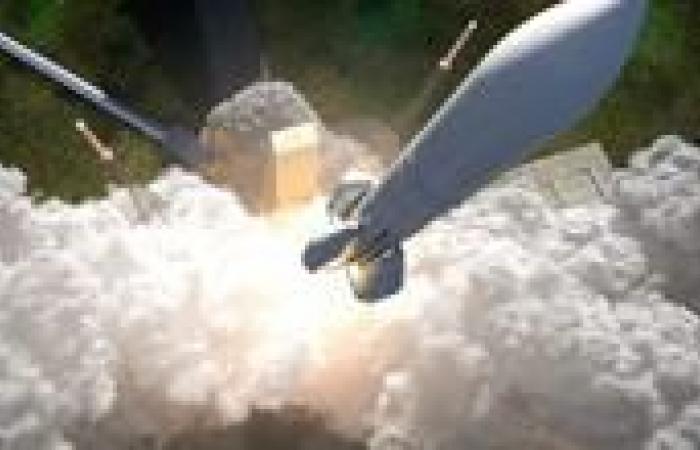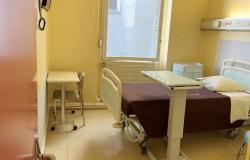” It went very well […] “Like a Swiss clock,” confides Toni Tolker-Nielsen, Director of Space Transportation at ESA, “there is no critical point that calls into question the launch date.” Each of the preparatory steps leading up to this inaugural flight has been scrutinized in recent months by the players in European space, as the four-year delay of a program that cost 4.5 billion euros has highlighted European fragility.
Since the last Ariane 5 flight a year ago, Europeans have no longer been able to put a satellite into orbit by themselves: since the invasion of Ukraine, they no longer have access to the Russian Soyuz medium launcher, fired for 10 years from Guyana, and the Vega-C rocket has been grounded since the end of 2022 after an accident. “Everything that could go wrong has gone wrong,” laments ESA boss Joseph Aschbacher. This is why “Ariane 6 is crucial for Europe, which absolutely must have independent access to space,” according to him.
In pictures: discover the Ariane 6 rocket, en route to its next maiden flight
PORTFOLIO – The date of the inaugural launch of the Ariane 6 rocket, scheduled for the first half of July, is to be announced at the ILA air show in Berlin (Germany) which opens this Wednesday, June 5, 2024. The opportunity to discover the new European space launcher from ArianeGroup which will replace Ariane 5
There is no question of missing out on a flourishing space economy, which should represent 822 billion dollars in 10 years, almost two thirds more than today according to the Novaspace firm, or of not being free to act in a context of geopolitical tensions. Decided in 2014, Ariane 6 will be able to place satellites in geostationary orbit, at an altitude of 36,000 kilometers, like its predecessor Ariane 5, as well as put constellations into orbit a few hundred kilometers from Earth.
9 launches per year
To do this, the upper stage of the rocket has the Vinci engine, which can be reignited to drop the satellites at various locations before falling back into the Pacific to avoid leaving more debris in orbit. While the launcher has already been “qualified” on the ground, the inaugural flight is “a demonstration that all our thermal, mechanical, etc. models work,” explains Toni Tolker-Nielsen. The rocket will carry 18 “passengers,” university microsatellites, and scientific experiments.
“This first flight is an important moment for all of us, it is not just the culmination of development efforts, but also the start of the operational phase,” points out Franck Huiban, director of civil programs at Arianegroup, the industrial prime contractor. The first commercial flight should take place at the end of the year and 14 more in the following two years. “Ariane 5 was designed to go up to 7 launches per year while Ariane 6 was designed to allow 12 launches per year, with an initial level of 9 launches” per year, recalls Franck Huiban. Far from the American SpaceX which launched 14 Falcon 9s in May alone.
30 missions
Not enough to be profitable: ESA member states have agreed to pay up to 340 million euros per year to ensure its economic model from the 16th to the 42nd flight in return for an 11% reduction in costs from manufacturers. The first 15 flights have already been financed. However, the flight log is already well filled with 30 missions, including 18 to deploy Amazon’s Kuiper constellation. “This is absolutely unprecedented for a launcher that has not flown,” said Stéphane Israël, head of Arianespace, responsible for marketing and operating the rocket, at the end of June.







